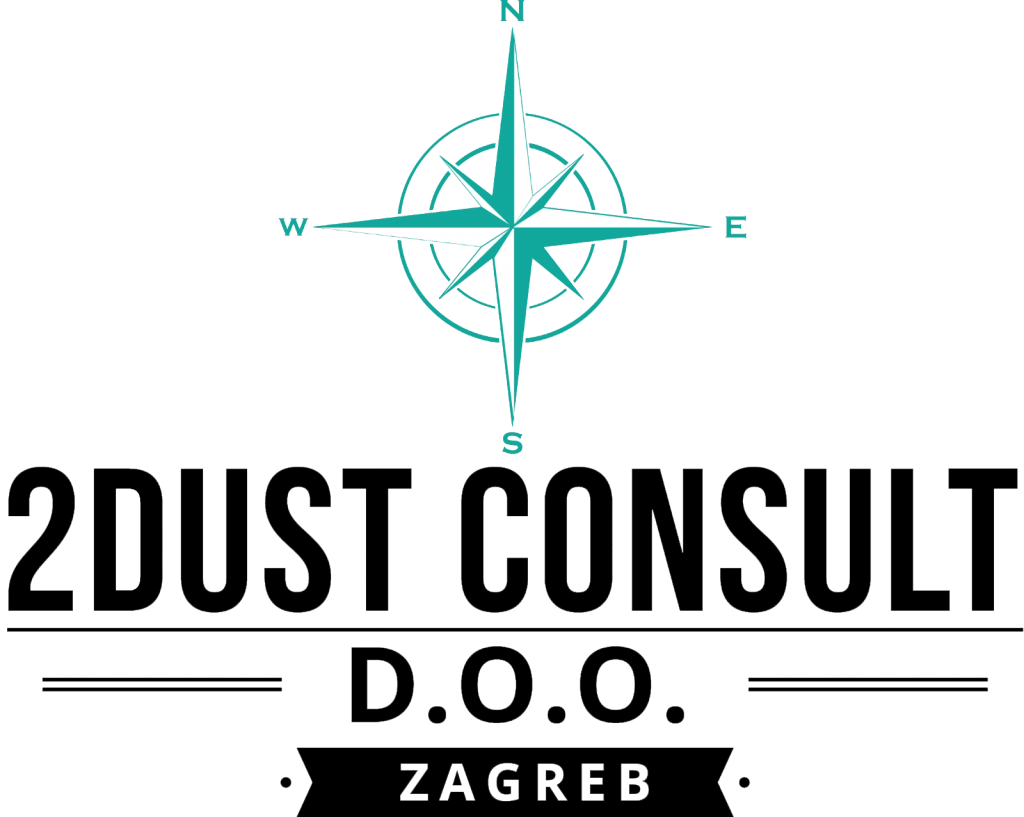Risk management is the process of identifying, assessing and managing risks in order to reduce uncertainty and increase the likelihood of achieving the organization's goals. Here are some steps you can follow in risk management:
1. Risk Identification: Identify the possible risks that the organization may face. Think about internal and external factors that can affect the achievement of goals. These could be financial risks, operational risks, security risks, reputational risks or other risks specific to your industry and business.
2. Risk Assessment: Assess the likelihood of a risk occurring and the impact that risk could have on the organization. Use quantitative and/or qualitative risk assessment methods to gain insight into their severity and priority.
3. Risk analysis: Analyze the identified risks to understand their causes, possible consequences and the connections between them. Identify the key risk factors and consider their impact on the organization and its objectives.
4. Risk Response Planning: Develop plans to manage identified risks. Identify strategies for risk reduction, risk acceptance, risk transfer or risk avoidance. Define concrete steps and measures to be taken to effectively manage risks.
5. Implementation of risk management measures: Implement risk management plans. Ensure that responsible persons are aware of the measures they need to take to reduce risks. Monitor progress and verify that risk management measures are effective.
6. Risk monitoring and control: Regularly monitor and control identified risks to ensure that risk management plans are implemented effectively. Collect risk data, update risk assessments and adjust risk management plans as needed.
7. Continuous improvement: Risk management is a continuous process. Collect feedback and learn from experience to






